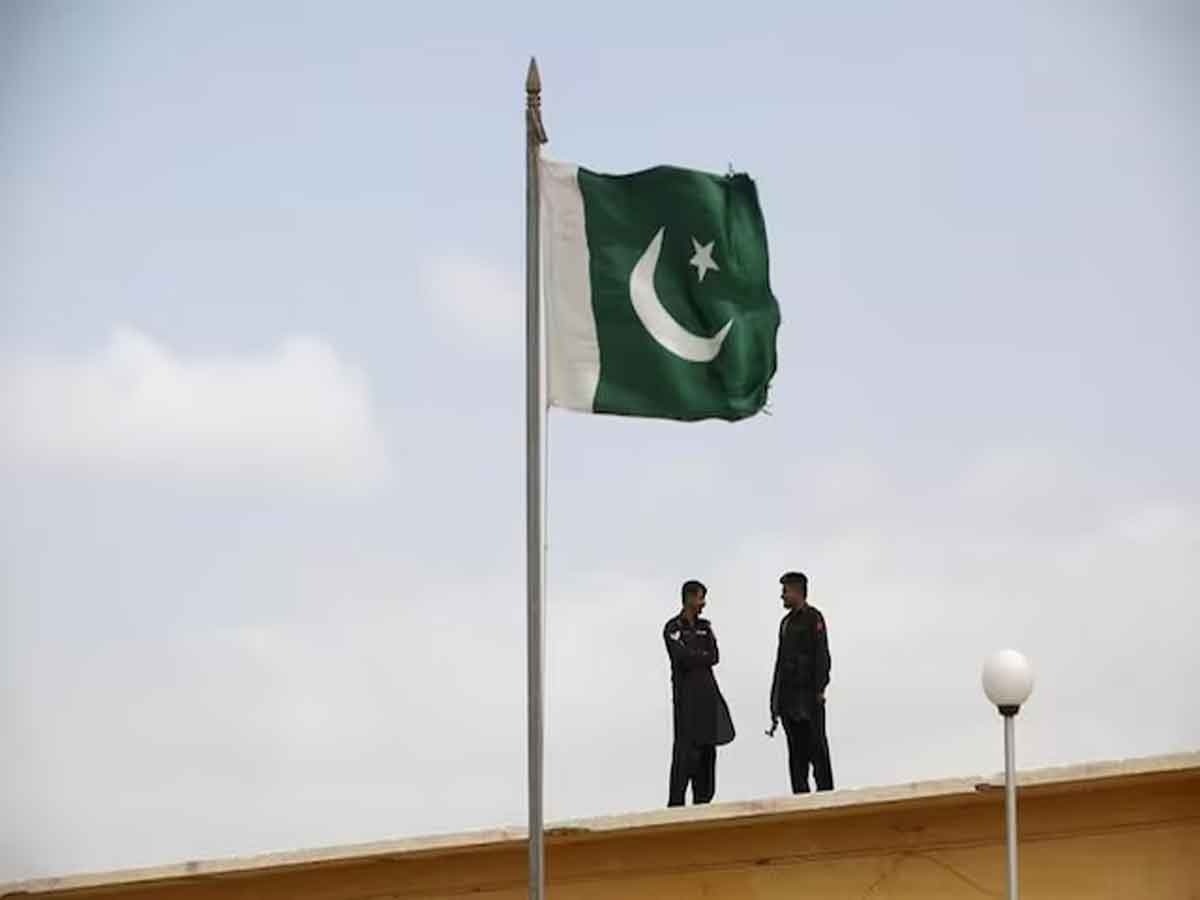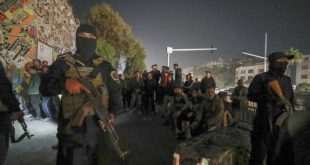 Persecution of Minorities in Pakistan: Pakistan’s Defence Minister Khawaja Asif, while speaking in the National Assembly, has admitted that minorities in the country are being targeted in the name of religion. In such a situation, once again the issue of difficult conditions of minorities in the country has emerged. What is the truth, in what conditions do minorities live in Pakistan? Know in this report: –
Persecution of Minorities in Pakistan: Pakistan’s Defence Minister Khawaja Asif, while speaking in the National Assembly, has admitted that minorities in the country are being targeted in the name of religion. In such a situation, once again the issue of difficult conditions of minorities in the country has emerged. What is the truth, in what conditions do minorities live in Pakistan? Know in this report: –
Religious discrimination in Pakistan is a serious issue from the perspective of human rights violations. Religious minorities such as Hindus, Christians, Sikhs, Shias, and Ahmadis often face discrimination and sometimes violence. In some cases, Christian churches and pastors have been attacked.
Although the Constitution of Pakistan provides equal rights to all citizens and does not discriminate between anyone based on caste, creed or religion, Islam remains the state religion. The result is that in practice Muslims enjoy more privileges than Hindus or other religious minorities.
According to news agency ANI, the Human Rights Commission of Pakistan (HRCP) recently released its annual report. It details the major challenges faced by religious minorities in Pakistan.
The report highlights the state of religious freedom in the country. It focuses on events from June 2022 to July 2023.
The report also examines state policies aimed at maintaining peace and security, particularly regarding arrests for religiously motivated crimes.
The report documents rising cases of forced conversion of young Hindu and Christian girls, attacks on Ahmadiyya mosques, and arrests related to allegations of online blasphemy.
The report also documented the deaths of at least seven individuals from the Ahmadiyya, Christian, Sikh and Muslim communities due to religious intolerance.
The report highlights the need for immediate action to eliminate religious intolerance and maintain human rights in Pakistan. It also urges adherence to the international human rights framework.
Oppression of Ahmadis in Pakistan
Minorities in Pakistan, especially Ahmadis, are very insecure in Pakistan. Religious extremists often target this community. Although Ahmadis consider themselves Muslims, in 1974 the Parliament of Pakistan declared this community as non-Muslim.
A decade later, Ahmadis were not only banned from calling themselves Muslims, but also from practising certain aspects of Islam.
Violence against Ahmadis in Pakistan is a long-standing phenomenon. In the 1953 Lahore riots, it is believed that between 200 and 2000 people from the Ahmadi community were killed.
Hindu community
Hindus are the second largest religious community in Pakistan after Muslims. However, Hindus make up only 2.14% of Pakistan’s population (about 4.4 million people). Umarkot district has the highest percentage of Hindu residents in the country at 52.2%, while Tharparkar district has the highest number of Hindus at 714,698.
Hindus in Pakistan are mainly concentrated in Sindh, where most of the Hindu settlements are found.
Before the partition of India, according to the 1941 census, the population of Hindus in West Pakistan (now Pakistan) was 14.6%. Whereas in East Pakistan (now Bangladesh) the population was 28%.
After Pakistan gained independence from the British Raj, 4.7 million Hindus and Sikhs from West Pakistan migrated to India as refugees. In the first census (1951) that followed, the Hindu population was 1.6% of the total population in West Pakistan and 22% in East Pakistan.
There have been many cases of violence and discrimination against Hindus along with other minorities in Pakistan. Cases of violence and abuse against Hindus also keep coming up due to strict blasphemy laws.
 Suspense Crime Sach Ka Dam
Suspense Crime Sach Ka Dam


